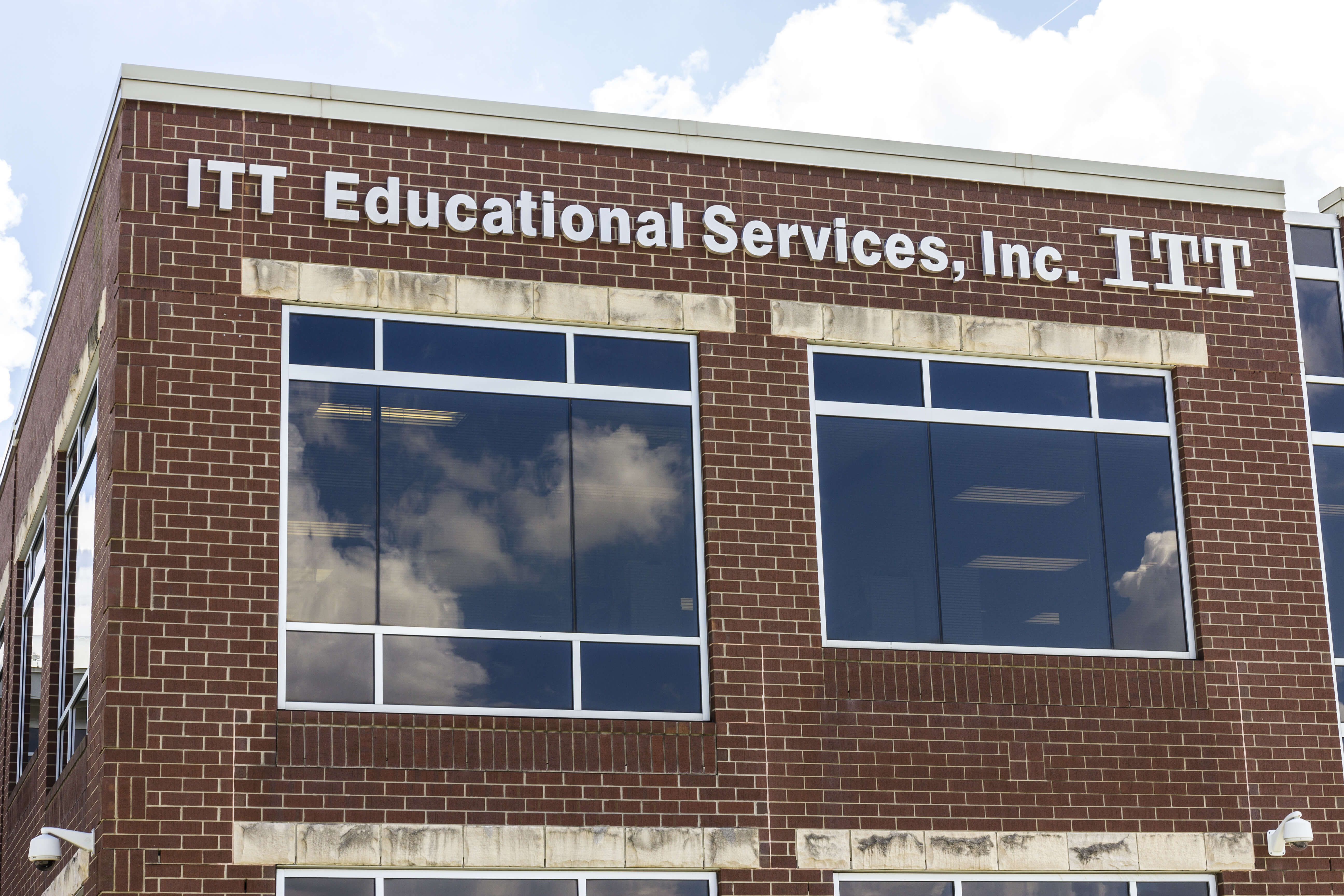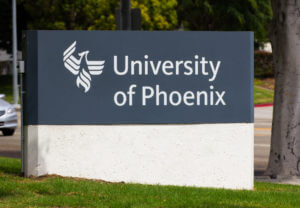ITT Tech shut down its operations, leaving thousands of students and alumni of the notorious degree mill in a tricky situation. The for-profit education industry, put under the spotlight by the Obama Administration, is bleeding profusely as the Department of Education cracks down.
Founded in 1969, ITT Tech offered working people the opportunity to earn their degree in vocational professions. The school, which had hundreds of campuses and more than 40,000 students, stopped enrolling students last month. Suddenly, the federal government cut off the flow of financial aid dollars, dooming the school to immediately close. Without tax-funded support, the institution failed overnight.
So what now?
According to CNN Money, students who have not finished will have their loans forgiven by the federal government. While transferring to a different school is being floated as a viable alternative, ITT Tech has told the press that one else is likely to accept their course credits.
The inability to transfer credits to traditional institutions is relatively common for people leaving for-profit schools. These schools are accredited nationally by different organizations than the regional bodies that accredit non-profit schools. In the real world, this translates into a lack of portability–if you started at a for-profit school, you’ll probably have to finish at the very same school.
ITT Tech is only the most recent victim of a crackdown on these institutions; it appears that the gold rush in for-profit higher education has come to an abrupt end. The Obama Administration’s efforts to hold these schools accountable for job outcomes is causing an implosion in the industry.
The for-profit higher education sector, which blossomed during the Great Recession, has faced serious scrutiny because of sky-high rates of graduates defaulting on their student loans. A study by the New York Fed in 2013 released these pretty damning findings:
While graduation rates are respectable, graduates of for-profits are more likely to earn less, default more, and experience unemployment more than their counterparts at public and nonprofit institutions.
That same study by the Fed also found that these institutions were much more expensive that their nonprofit counterparts, and that their students were saddled with significantly more debt than traditional universities.
The federal government’s ongoing sweep of this industry is an effort to protect student borrowers.
Corinthian Colleges, the last big for-profit whale taken down, was harpooned by the Department of Education for deceptive practices, as it fraudulently claimed good job prospects for their graduates. Meanwhile, Devry University is currently being sued by the Federal Trade Commission for deceptive marketing practices. Phoenix University is also the subject of an investigation for similar behavior.
The repercussions of these investigations could be huge, as those schools have over 200,000 students enrolled in their programs.
The takeaway
The for-profit university sector sprung up around generous government subsidies for student loans. It is becoming more apparent that many of these schools exist solely to collect government money with little regard for student outcomes.
Some claim that for-profit universities have filled in a gap in higher education, by being more responsive to workforce needs than traditional institutions like community colleges. While there is some truth in this, many of the deceptive marketing practices that are so common in this industry have tainted their reputation.
According to the Los Angeles Times, taxpayers are now on the hook for the 500 million dollars in ITT tech loans that will be forgiven, on top of the 171 million dollars that were wiped away for students at Corinthian Colleges.
What we need is student loan reform, where institutions are not automatically deemed worthy of receiving millions of dollars in federal aid merely for playing school. Ultimately, improving career outcomes through education is entire purpose of federal student aid. Actual performance in the job market is the yardstick by which we should measure institutions of higher learning,
Have something to add to this story? Comment below or join the discussion on Facebook.
Header image: Shutterstock










































